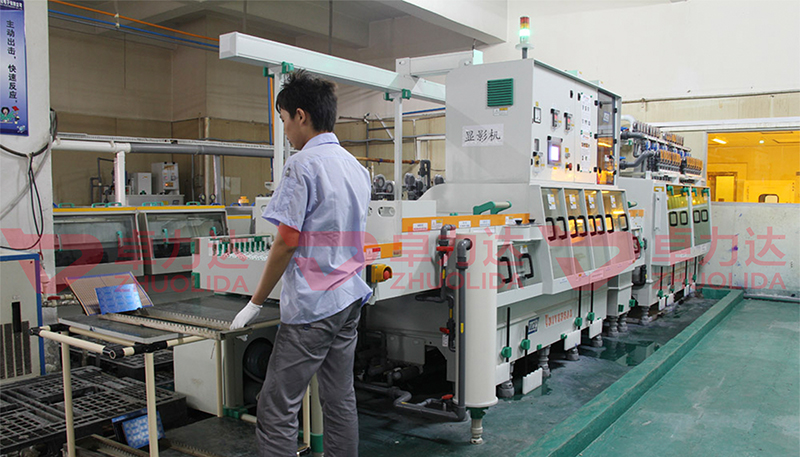
Laser etching stainless steel is a technique that uses a high-energy laser beam to create permanent marks or patterns on the surface of stainless steel. Compared to traditional chemical
etching methods, laser etching offers higher precision, faster speeds, and greater flexibility. Below are the basic principles, steps, and key points of laser etching stainless steel:
Basic Principles
Laser etching works by focusing a high-energy density laser beam onto the stainless steel surface, causing localized material to heat up and evaporate instantly, thus forming the desired
patterns or text. This method does not require the use of chemicals, making it more environmentally friendly and safer for operators.
Basic Steps
1. **Design Preparation**:
- Use CAD software or other design tools to create the design drawings of the patterns or text to be etched.
2. **Equipment Setup**:
- Select appropriate laser parameters such as power, frequency, and scanning speed based on the desired pattern and material.
- Ensure the laser etching machine's worktable is clean and securely fix the stainless steel material in place.
3. **Surface Treatment (Optional)**:
- In some cases, pre-treatment of the stainless steel surface may be necessary to enhance contrast or visual effects, such as sandblasting or anodizing.
4. **Laser Etching**:
- Input the designed pattern into the laser etching machine and start the machine to begin the etching process. The laser beam moves along the set path, precisely removing material
from the stainless steel surface.
5. **Post-processing (Optional)**:
- Depending on specific requirements, further treatment of the etched parts may be necessary, such as cleaning, painting, or passivation, to improve corrosion resistance and aesthetics.
Key Points
- **Laser Type**: Common types of lasers include fiber lasers, CO₂ lasers, and Nd:YAG lasers. For stainless steel materials, fiber lasers are widely used due to their high efficiency
and excellent beam quality.
- **Laser Parameter Adjustment**: Different laser powers, frequencies, and scanning speeds affect the quality and depth of the etching. These parameters usually need to be adjusted
based on the specific material thickness and design requirements.
- **Environmental and Safety Considerations**: Laser etching does not require chemicals, reducing environmental pollution risks. However, safety precautions must still be taken during
operation, such as wearing protective goggles and ensuring good ventilation in the work area.
Application Areas
Laser etching stainless steel technology is widely used across multiple industries, including:
- **Industrial Manufacturing**: Used for marking product serial numbers, brand logos, QR codes, and other information.
- **Decorative Arts**: Used for creating personalized decorative items, sculptures, and home furnishings.
- **Medical Devices**: Used for marking important information on medical instruments to ensure its permanence and clarity.
- **Electronics**: Used for marking circuit boards, enclosures, and other components to ensure durability and reliability.
Advantages
- **High Precision**: Capable of achieving very fine patterns and text, suitable for complex designs.
- **Speed**: Faster than traditional etching methods, making it ideal for mass production.
- **Non-contact Processing**: Laser etching is a non-contact process, avoiding mechanical stress on the material.
- **Environmentally Friendly**: Does not require chemicals, reducing pollution and waste disposal issues.
By following these steps and technical points, high-quality laser etching of stainless steel can be effectively achieved, meeting the needs of various applications. With continuous
advancements in laser technology, the application range of laser etching is also expanding.
Contact: andy_Lai
Phone: 18938693450
E-mail: yw9@zldsmt.com
Add: Building A3, Huafa Industrial Park, Fuyong Town, Fuyuan Road, Fuyong Town, Baoan District, Shenzhen,China